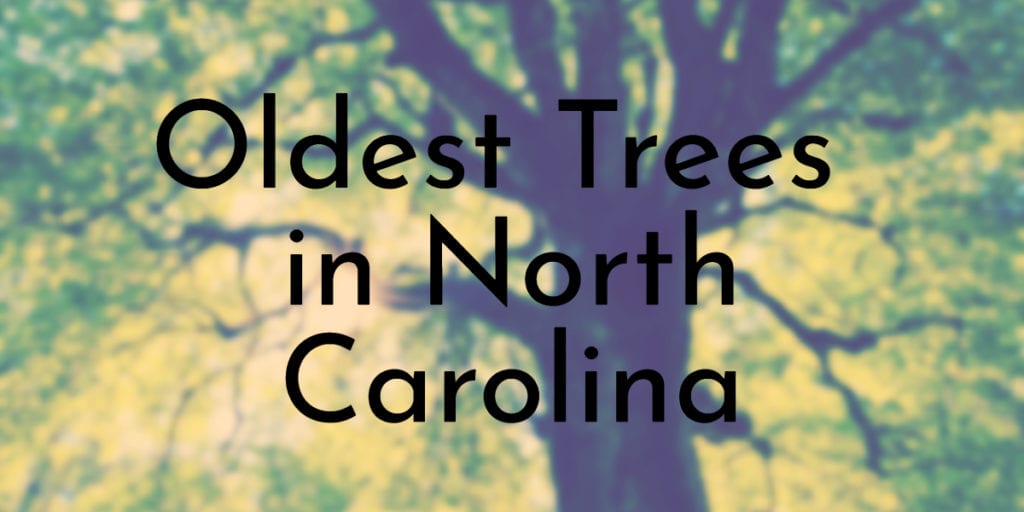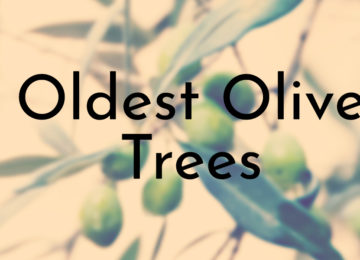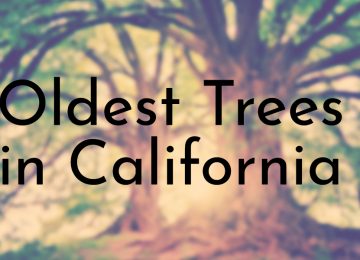North Carolina is home to many trees, which are a great source of shade, oxygen, and other benefits to the environment. The state is home to over 100 species of trees, though some are more common than others.
North Carolina is home to many trees of historical importance. These trees stand out as being the oldest, largest, or most unique in North Carolina.
In North Carolina, old trees are an important part of the wildlife, economy, and culture of the state. They provide habitat for wildlife, including birds and other animals that rely on woodlands for food and shelter. They also supply wood used in construction projects that support economic activity in the state.
Many people enjoy walking through forests and camping in old-growth forests because they provide a beautiful setting for relaxing and enjoying nature. Some people even use old-growth trees to build homes or furniture in their yards.
How old are the oldest trees in North Carolina? How long will they live? How tall are they? These and many other questions are frequently asked by many. If you’re interested in knowing more about trees in North Carolina, this article will talk about the eight oldest trees that exist in the state.
6. Darlington Oak
Scientific Name: Quercus Hemisphaerica
Age: 70 to 90 years
Years of Maturity: 50 years
Height: 60 ft.
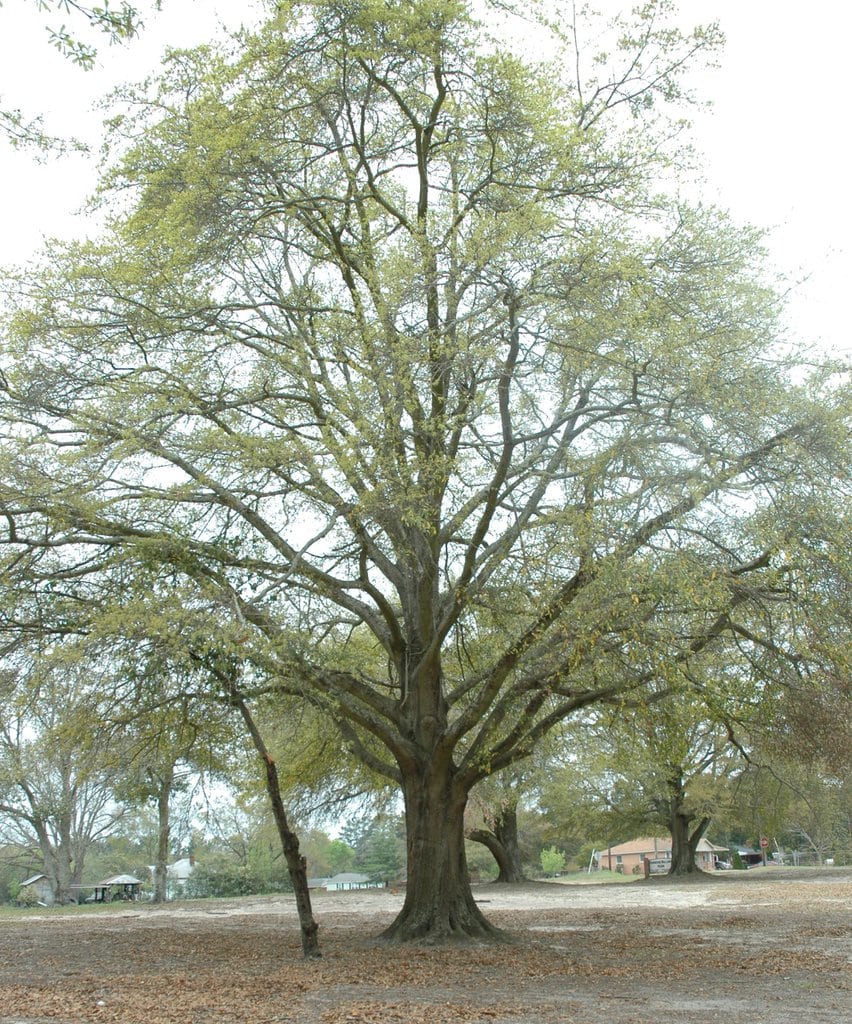
A superb year-round shade tree, this fast-growing tree offers a heavier canopy in the spring and summer. However, because of the Darlington Oak’s susceptibility to decay and disease as it ages, caution should be exercised when planting this tree next to a home. This tree, like all other oaks, has significant tannin content in its leaves and acorns, which can discolor concrete.
Although Darlington oak has little commercial value, it is frequently utilized as firewood, pulpwood, as well as for heavy-duty timbers like drag mats.
Did You Know?
Numerous wildlife species find the Darlington oak to be a valuable source of food, especially considering how many acorns it consistently produces.
5. Willow Oak
Scientific Name: Quercus Phellos
Age: 100 years
Years of Maturity: 2 years
Height: 80 to 120 ft.
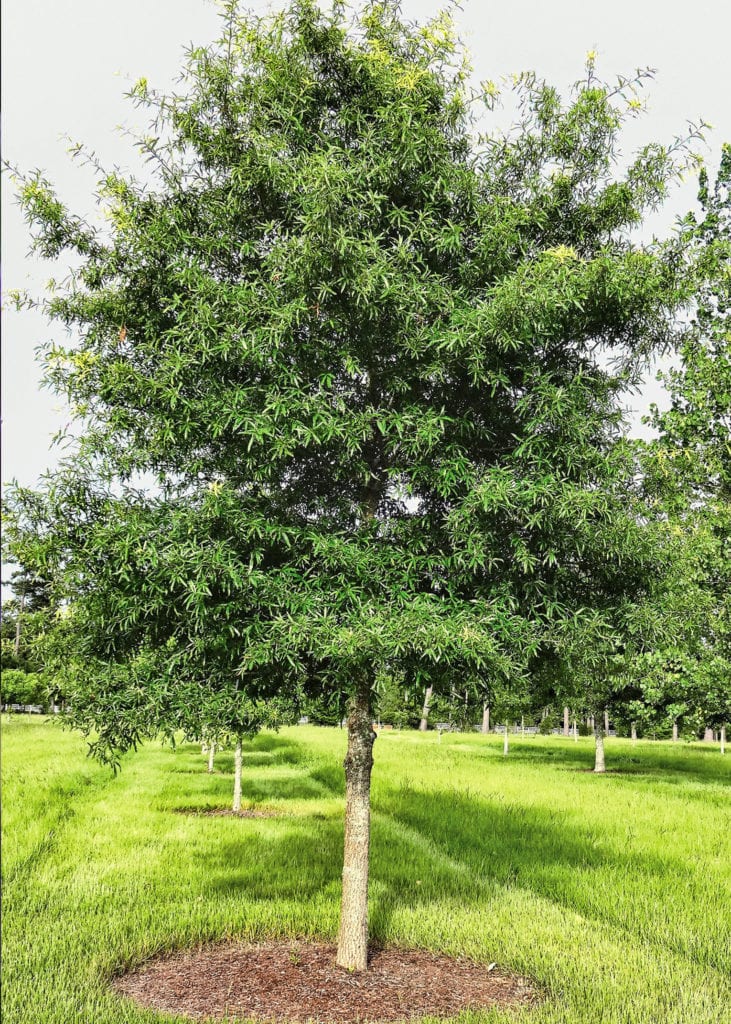
The willow oak makes a great, big shade tree. It has a fine texture in contrast to the coarseness of the majority of other red oaks. One of the greatest oaks for planting on avenues or in large homes. A fast-growing oak that transfers readily and may thrive in a variety of growth environments is the willow oak.
Willow oaks have long lived alongside humans because they are easy to grow on marginal land where other species would not survive due to drought conditions or poor soil quality.
Acidic, average, medium to wet, well-drained soils in full sun to light shade are ideal for growing willow oak. It may grow in a range of soil types. It serves as a street tree and is used as a shade tree in large yards, parks, golf courses, and commercial buildings.
Did You Know?
The popular name for willow oak is derived from the way the leaves are shaped, and its specific epithet, phellos, is the Greek term for the cork oak, Quercus suber.
4. Tilia Americana
Scientific Name: Basswood
Age: 200 years
Years of Maturity: 15 to 100 years
Height: 20 to 30 ft.
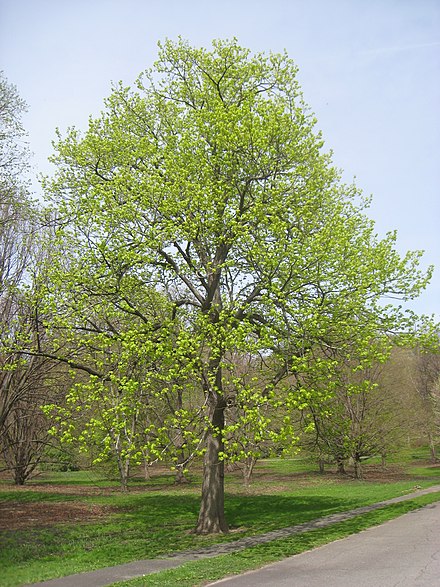
Tilia Americana is an evergreen tree that grows to a height of 20-30 feet. It has a spreading crown and its branches are covered in small, dark green leaves. The flowers are cream-colored and are borne in clusters at the tips of the branches.
This tree is a popular species for both residential and commercial landscaping due to its attractive appearance and ease of maintenance. The wood of Tilia Americana is hard and strong, making it ideal for furniture building, flooring construction, and millwork projects.
It is an incredible wildlife tree that attracts lightning bugs and serves as a host plant for butterflies like the red-spotted purple and mourning cloak. You might hear the tree buzzing from a distance of several feet due to how appealing its blossoms are to honeybees.
Did You Know?
The nectar produces delicious honey. Birds and squirrels both consume its seeds. The nectar from the flowers is enjoyed by bees and other pollinating insects.
3. Tulip Poplar
Scientific Name: Liriodendron Tulipifera
Age: 200 to 250 years
Years of Maturity: 15 years
Height: 100 ft.
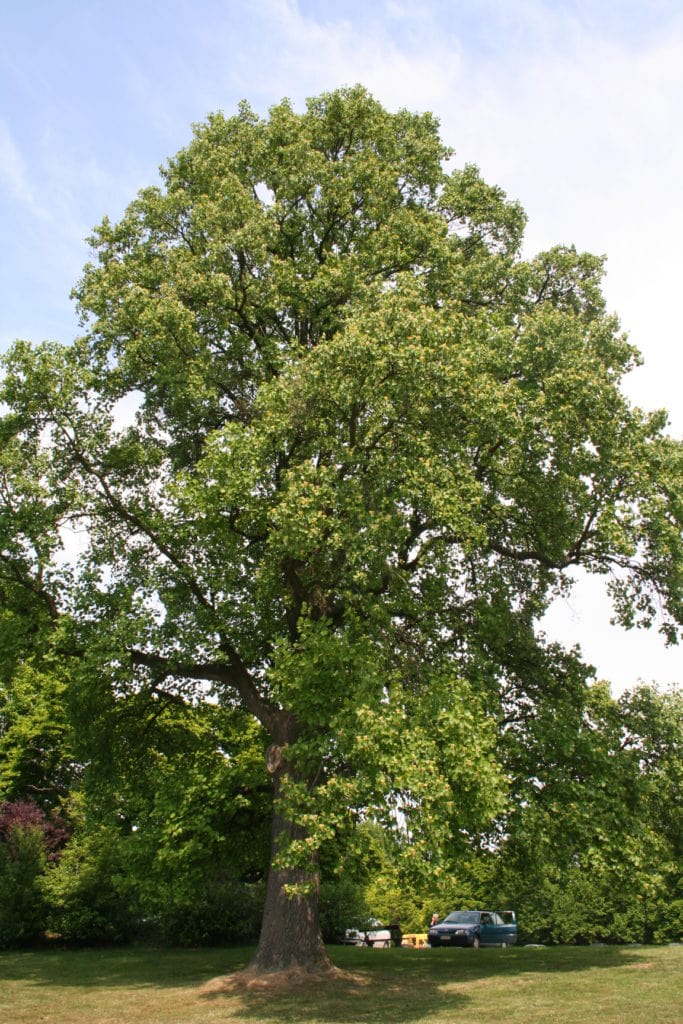
The tulip poplar gets its common name from its blossoms, which resemble tulip bulbs that bloom in the spring. The flowers feature enormous bowl-shaped orange and yellow petals encircled by golden stamens, and they bloom in late May or early June.
The tulip poplar grows best in full sun, deep, rich, well-drained soil that is still moist. Although it can adapt to different pH levels, it thrives in slightly acidic soil. Due to its sensitivity to drought, this tree may need summer irrigation in order to avoid early leaf abscission. In the spring, it needs to be moved while being balled and burlapped.
Did You Know?
The tulip tree or tulip poplar was used as medicine by both Native Americans and early immigrants. The bark was extracted into a tea and used as a tonic for a number of illnesses.
2. Eastern Hemlock
Scientific Name: Tsuga Canadensis
Age: 400 years
Years of Maturity: 250 to 300 years
Height: 100 to 160ft
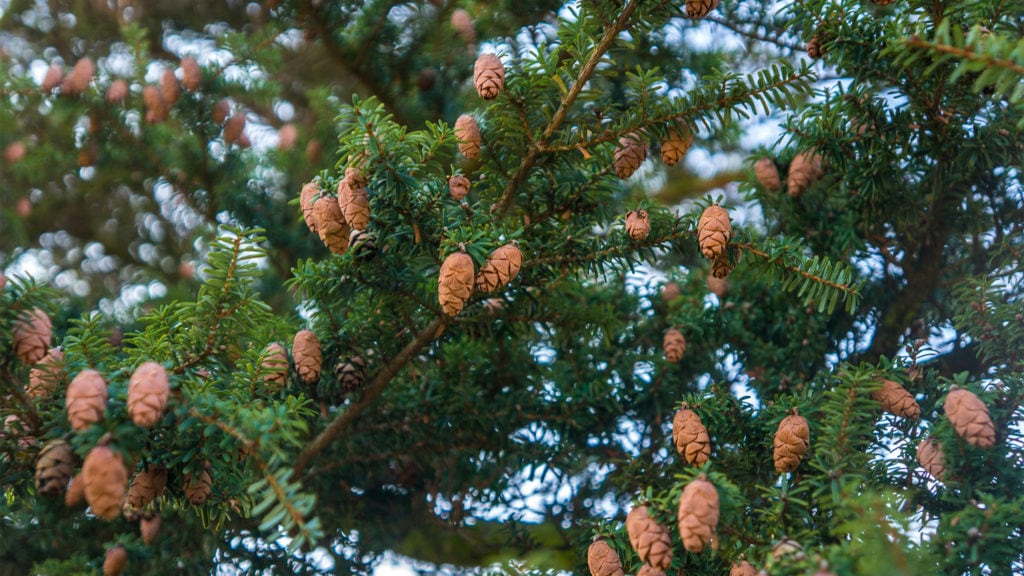
The Eastern Hemlock has delicate, lacy twigs with tips that frequently drop gently, giving it a free, uneven, feathery shape. This species’ thin root system makes it susceptible to wind, dryness, and ground fires.
Like many other trees, Eastern Hemlocks experience changes in their bark as they age. The bark is reasonably smooth and gray-brown when the tree is young. The bark of an old tree develops thick ridges that eventually flatten into cinnamon brown plates.
Eastern Hemlock needles are arranged differently than Tamarack needles. Similar in length to Eastern Hemlock needles, Tamarack needles are generated in clusters of ten to twenty, as opposed to a single Eastern Hemlock needle.
Did You Know?
Eastern Hemlock produces male and female blooms. About fifteen years old is when the tree starts to blossom. Depending on the location, male flowers bloom from April to early June. They are found in clusters of light yellow flowers near the axis of last year’s needles. A male conelet is created by enclosing the male flowers with bud scales.
1. Bald Cypress
Scientific Name: Taxodium Distichum
Age: 2,600 years
Years of Maturity: 30 to 40 years
Height: 100 to 150 ft.
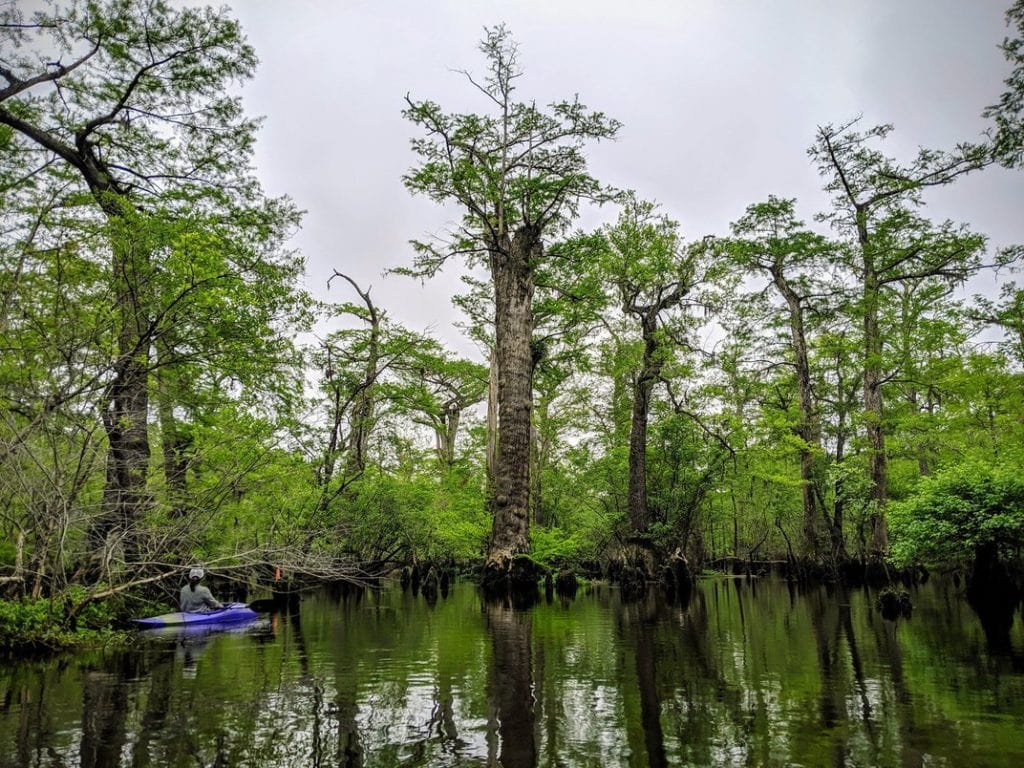
Of all the kinds of trees found in North Carolina, bald cypress trees are considered the oldest, which dates back to the year 605 BCE.
The bald cypress tree is a tall, narrow tree that grows up to 30 feet tall. It has large, feathery leaves that turn brown in the fall. The bald cypress is native to wetlands throughout North America and is often found near ponds and lakes. It is also common in swamps, especially those located along the coast of North Carolina.
Bald cypress trees are native to North Carolina, making them a great choice for your landscape. They can be used as specimens or shade trees, and they don’t need much care.
Bald cypress trees also have many other uses aside from just building materials. They can be used for firewood as well as charcoal; some people even use them as Christmas decorations! In addition to these uses, they can also be used as food sources by deer—it is one of their favorite foods during the winter months!
Did You Know?
By absorbing the extra water, the bald cypress is essential in maintaining the soil’s integrity and even preventing erosion on riverbanks.


